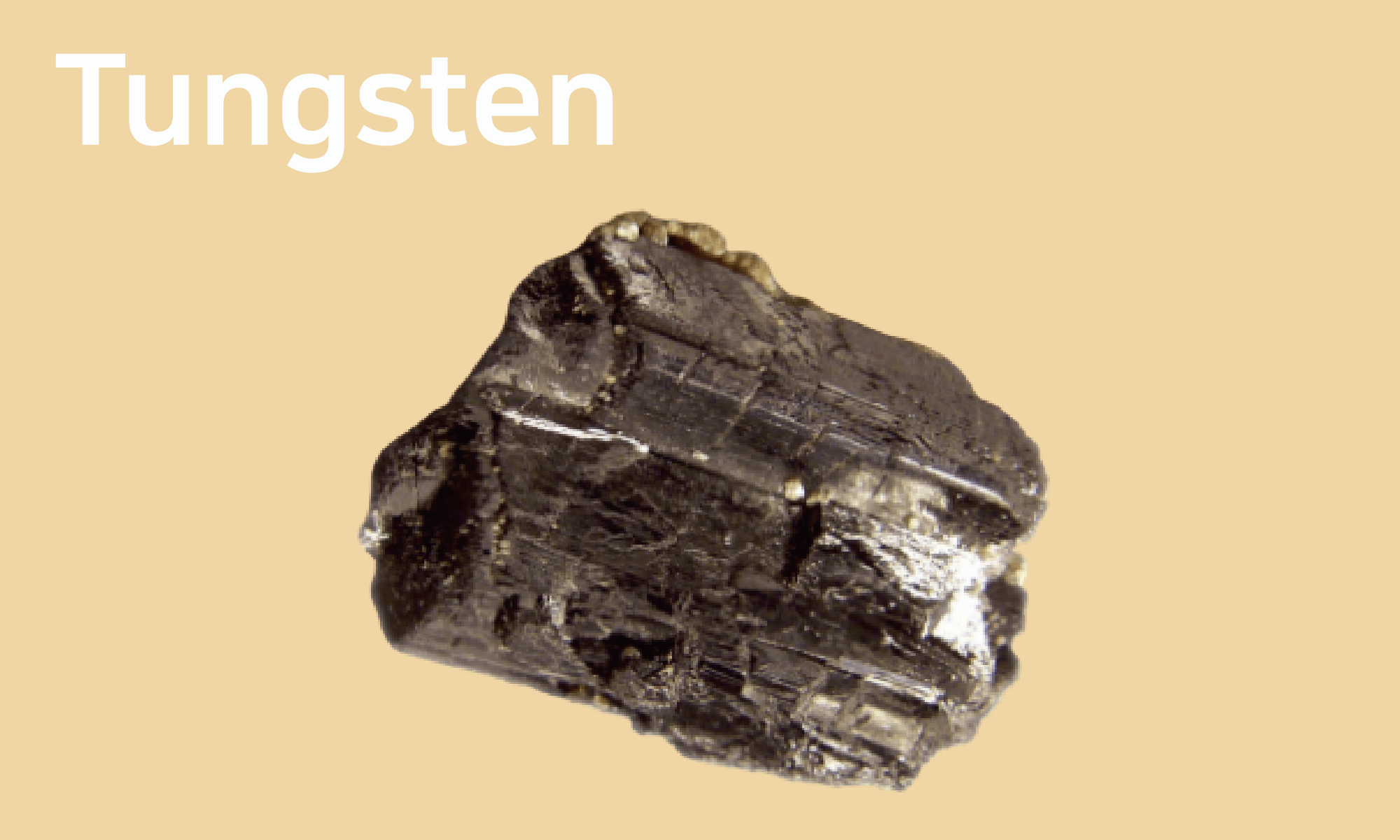Tungsten / CAS 7440-33-7

Tungsten comes from the Swedish word Tungsten, which means heavy stone.
The elemental symbol W is derived from the German word Wolfram, which means ‘collapse like a wolf’.
Tungsten, which belongs to atomic number 74 and periodic table 6, is a hard white or grayish-white metal element. Tungsten has the highest melting point among the metallic elements.
Of the total elements, the melting point is second only to carbon.
At high temperatures, there is resistance, little thermal expansion, low vapor pressure, and relatively high electrical resistance for metals.
The use of tungsten using these properties is the filament of incandescent light bulbs.
If you use elements with low melting points as filaments, they melt quickly.
If the temperature changes and expands, the glass breaks.
When the steam pressure is high, it easily turns into a gas and is ejected from the cold glass surface.
But tungsten has a low heat loss and a long life span.
Due to low thermal efficiency in some countries, production and import of light bulbs for daily use are prohibited by law except for special applications such as projectors and stage lighting. Tungsten is also used in the filament of an electron microscope, and it is also used in the glass-sealed wires because the heat-induced expansion is almost the same as glass.
The purely produced tungsten is very soft, but the carbon compounds are very hard and are used as super-hard alloys. Tungsten carbide is second only to diamonds, boron carbides, and silicon carbide, so it is also used as a cutting tool or as a mechanical material. It also has excellent strength and stability at high temperatures, so it is suitable for drill blades, tooling materials for metalworking.
The addition of tungsten to steel improves its strength and hardness, which was used earlier in the day as a material for tanks and cannons and today is widely used as a material for kitchen knives.



